X
Electric hoists represent their own machinery, strength, and toughness, while the stage is elegant, flowing, and soft, with conflicts and collisions between the two.
The lifting and lowering of electric hoists in the climbing system
Category : V7 Stage Electric Series
Get a Quote
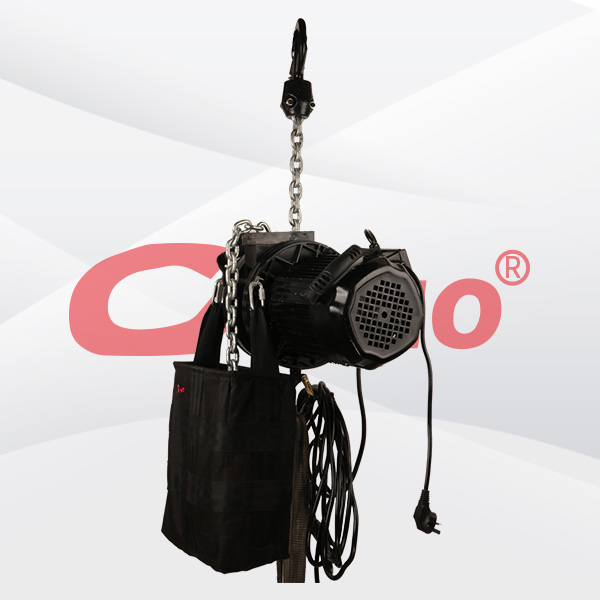
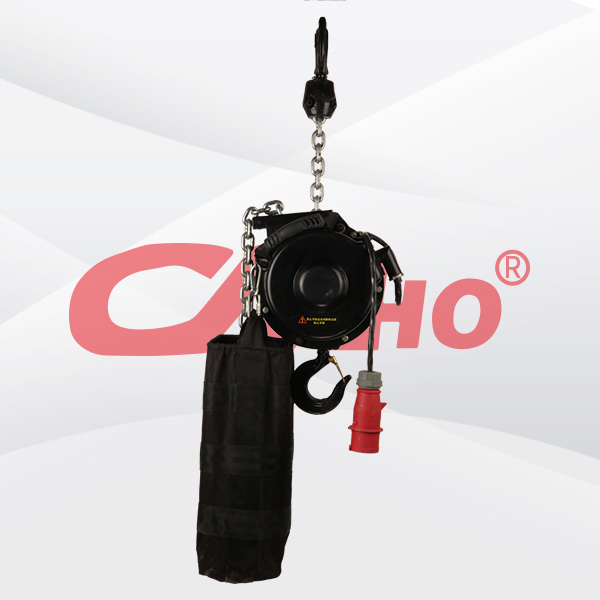
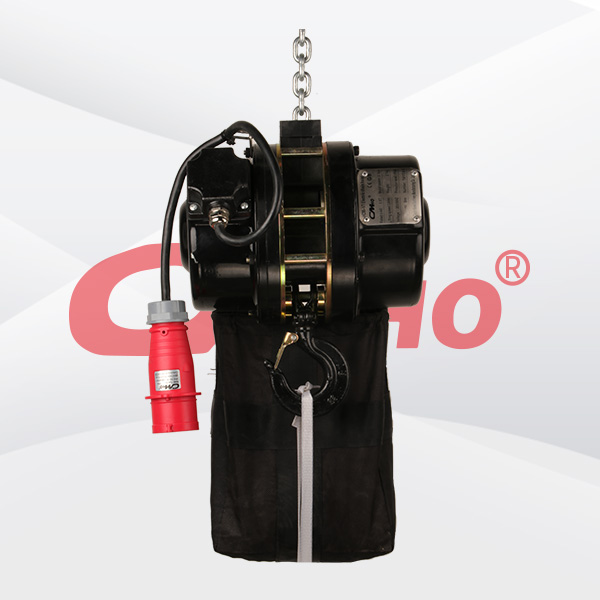





Product Details
The lifting and lowering of electric hoists in the climbing system
We all know that electric hoists are an important component of the climbing frame system, mainly used for climbing frames and lifting climbing formwork in various construction engineering fields. The electric hoists used are mainly DHP type chain electric hoists, also known as climbing frame/group lifting electric hoists. So how does the group crane electric hoist lift (lower) in the climbing frame?
After all climbing frame systems are checked to be correct, loosen the lower load-bearing rod, slant support, and wall connecting piece of the climbing frame, so that the frame is connected to the building only by the upper and lower guide pieces. Each operator shall be arranged by the on-site person in charge to manage their respective areas. After the overall commander inquires about the availability of personnel through the walkie talkie, the electrician shall be notified to start the overall lifting (lowering) of the scaffolding. All electric hoists shall be started at the same time, and the scaffolding shall start the overall lifting (lowering) under the constraint of the guiding components. When the overall height of the climbing frame is raised (lowered) by 100mm, stop the lifting of the frame, and each operator should check the frame again. Only after everything is normal can the lifting (lowering) continue.
During the lifting (lowering) process, all operators should always maintain a high level of vigilance. In the initial stage of lifting (lowering), the operator mainly observes whether the operation of the group crane electric hoist is normal and whether the operation is synchronous and in the same direction. When lifting (lowering) the middle section, observe whether there are obstacles such as wooden blocks or steel bars blocking the lifting of the frame. In the later stage of lifting (lowering), the main observation is whether the vertical of the frame and the cables are hung up, and whether the lifting is in place. In case of any abnormal situation during the lifting (lowering) process, the operator must immediately use the walkie talkie to notify the control console to stop lifting (lowering), and can only continue lifting (lowering) after the fault is eliminated.
RELATED PRODUCTS .


Carefully inspect the truss flat lifting sling for any damage, wear, broken wires, deformation, or corrosion. If there are any defects, replace the sling immediately to prevent accidents during the li
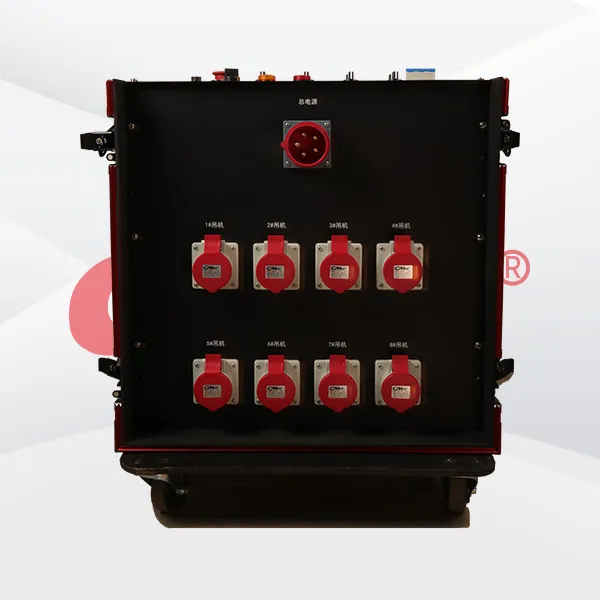
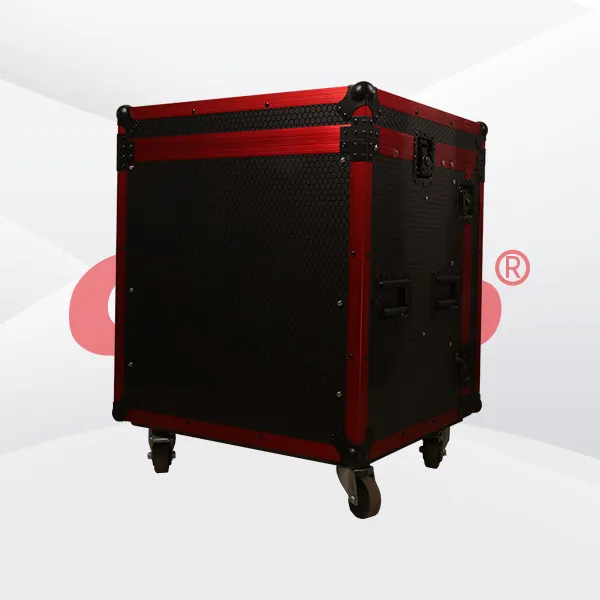
The remote control truss hoist controller can control the lifting and lowering of the truss hoist from a certain distance, enabling flexible operation from different positions. It avoids the need for
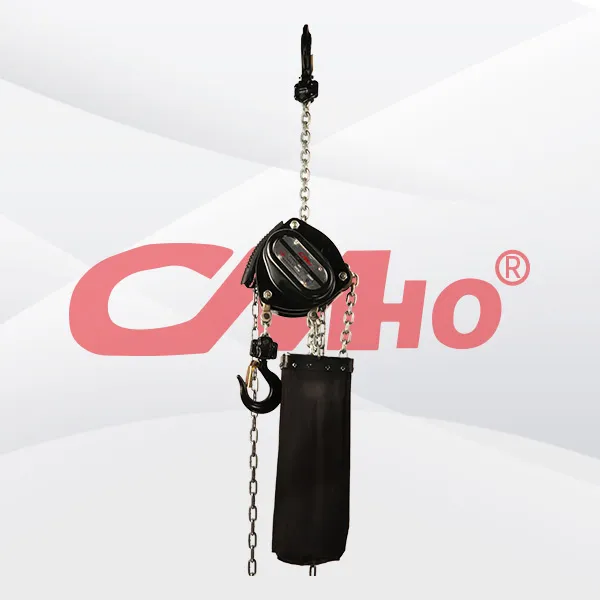
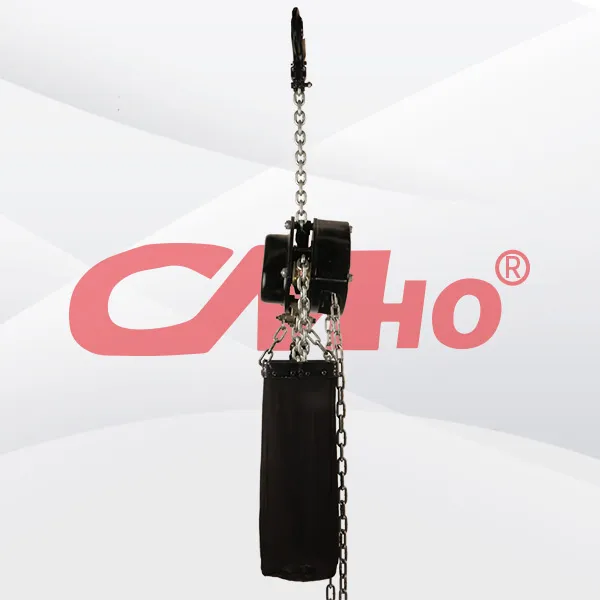
The hand chain hoist in the conference hall can be used to lift and move the affected equipment out of the way. It can also be used to assist in retrieving the fallen items or moving the obstacles to
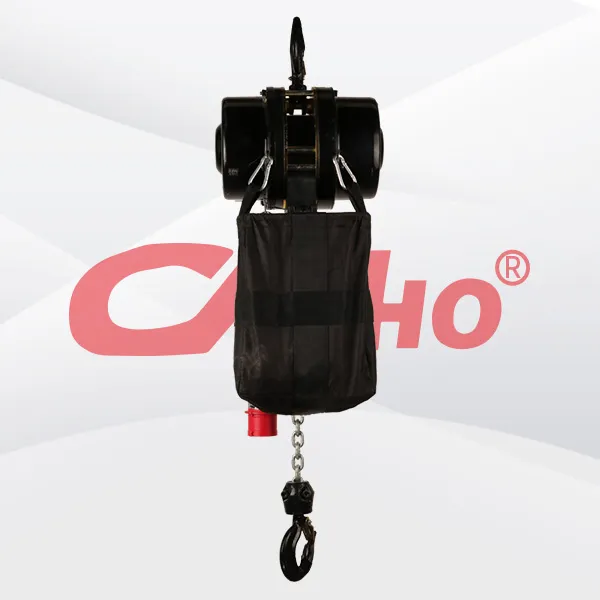
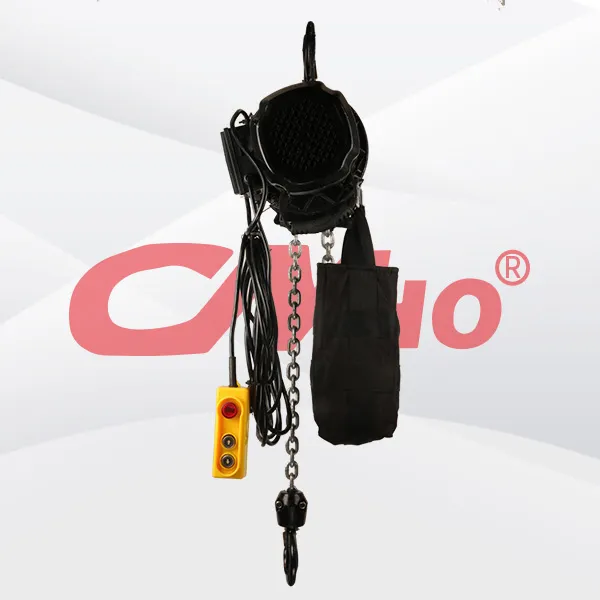
The special electric hoist for performance lighting can accurately control the lifting height with high positioning accuracy. It can ensure that equipment such as scenery, lighting, and audio can reac

2025-02-28
创始人
0
The participation of Tianjin Kemei in the Guangzho...
Tianjin Kemei made a remarkable and eye-catching appearance at the Guangzhou (International) Performing Arts Equipment, Intelligent Acoustic, Optical and Electrical Products...
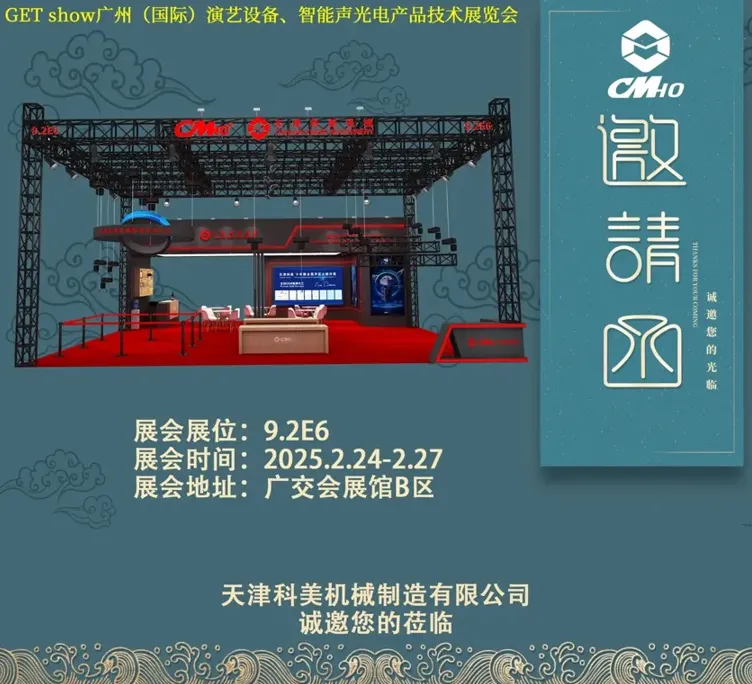
2025-02-27
创始人
0
Guangzhou (International) Performing Arts Equipmen...
In the era of the rapid development of stage lifting equipment and intelligent acousto - optic technology, every industry event serves as a crucial opportunity for innovatio...

2025-02-27
创始人
0
GET show Guangzhou (International) Performing Arts...
Tianjin Kemei Machinery Manufacturing Co., Ltd. has been deeply engaged in the stage equipment manufacturing field for many years and has developed into a modern benchmark e...

2024-09-24
admin
0
Tianjin Kemei Machinery Manufacturing Co., Ltd. Ne...
Tianjin Kemei Machinery Manufacturing Co., Ltd.: New Starting Point, New Journey - New Factory Relocation Record

